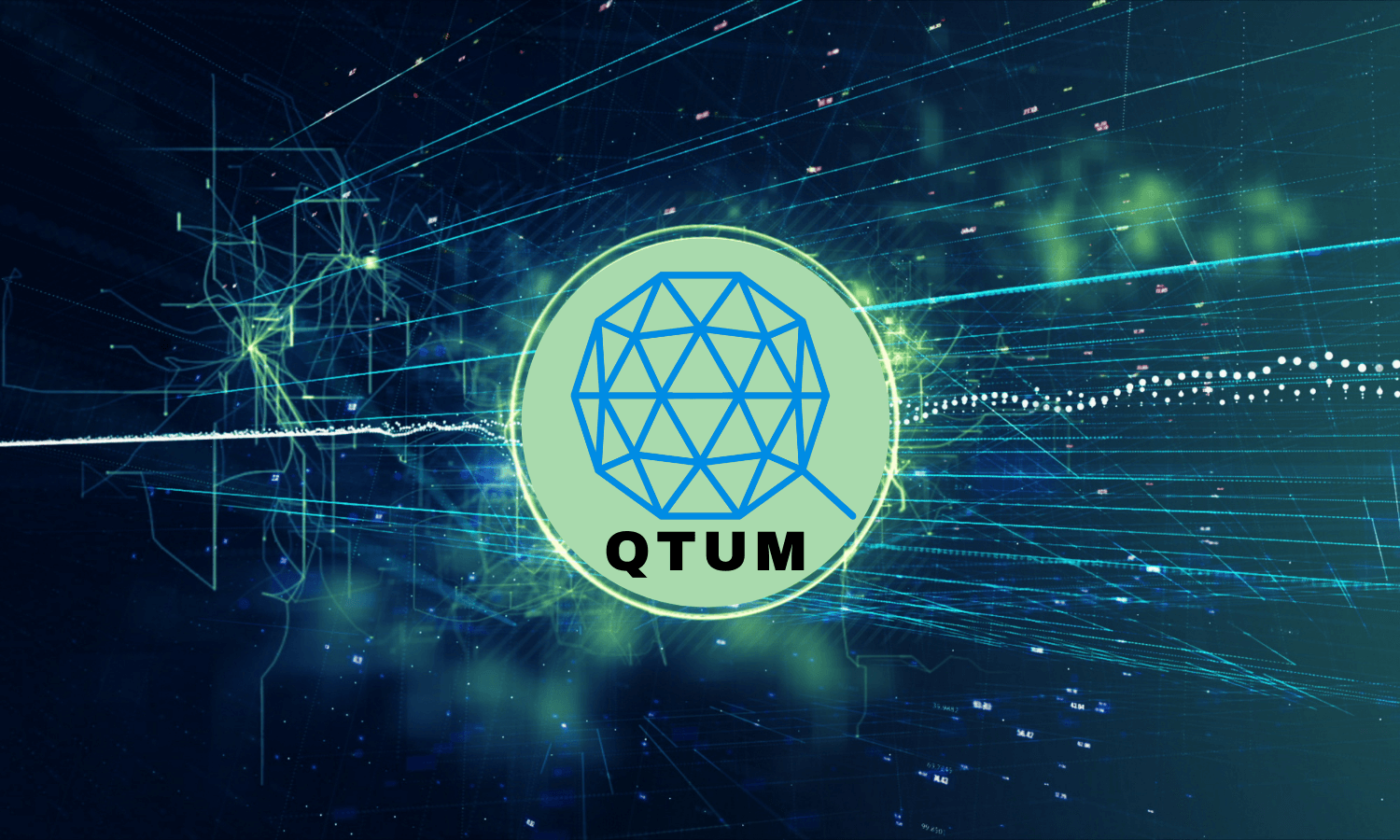Qtum: What is it?
Qtum is an open-source blockchain platform with the best features of Bitcoin and Ethereum but tailored towards developers to support highly secure decentralized applications (DApps).
Founders of Qtum:
Qtum Foundation chairman Patrick Dai founded the project. His education at Draper University was in computer science. He dropped out of the Chinese Academy of Sciences’ Ph.D. program. Before starting it, he worked on products such as Factom, Vechain, Bitse Group, and Meilink, as well as blockchain projects like Bitse Group and Qtum. He used to go by the name Steven Dai as the head of the notorious BitBay project, which has allegedly been scammed out of its money.
Neil Mahi, the CTO and blockchain architect, and Jordan Earls, lead developer, are the other two co-founders.
In addition to being the lead developer at Qtum since 2017, Stephen (Xiaolong) XU has previously worked for Tencent and Microsoft as a software developer and holds a degree from the University of Chinese Academy of Sciences in Computer Vision.
On its official website, many of the team members lack an active LinkedIn or Github page. It has been confirmed, however, that Qtum has some high-profile backers, including Roger Ver, the co-founder of Bitcoin.com and the chief investment officer of Blockchain Capital.
How Does it Work?
As part of its Scripting Architecture layer, developers can build powerful decentralized applications atop Bitcoin’s UTXO transaction model. It is leveraging these capabilities to create a rapidly expanding ecosystem of decentralized applications, such as decentralized games, social networks, and payment tools.
The account abstraction layer (AAL) of Qtum is a defining feature. With this, its UTXO base blockchain is integrated with its virtual machine’s account model, enabling smart contract capabilities that are more powerful.
A custom variant of proof-of-stake (PoS) secures the QTUM network, and Qtum PoS utilizes its full node wallet to earn network rewards when staking QTUM.
The QTUM token is the native gas token for Qtum transactions, and node operators receive rewards in the QTUM token for running their nodes.
After a hard fork in April 2021 (known as FastLane), Its average block time shrank from 128 seconds to 32 seconds, increasing production by four times. By upgrading Qtum, you will be better prepared to deal with ever-increasing DeFi transactions, while improving standard transaction confirmation times.
What Makes it Unique?
Founders of Qtum found four issues with BTC and ETH blockchains that were problematic: interoperability, governance, rigid and expensive proof-of-work mechanism, and difficulty interfacing smart contracts with real-world applications. This problem has been addressed by a pair of unique Qtum technologies: the Decentralized Governance Protocol (DGP) and Account Abstraction Layer (AAL). By integrating the UTXO (Unspent Transaction Output) account layer from Bitcoin with the Ethereum-inspired smart contract layer, the Account Abstraction Layer integrates the features of both. In addition to supporting Ethereum virtual machines (EVM), it also supports the x86 virtual machine. Furthermore, Qtum supports the i686 instruction set as well as numerous programming languages such as C, C++, Rust, and Python allowing apps developed elsewhere to be ported over to it. Additionally, it plans to incorporate common programming libraries into its smart contracts.
By using Decentralized Governance Protocol, smart contracts can change the parameters of the blockchain, including block size and gas fees, without the need to hard fork the blockchain, saving a lot of time and trouble as the network grows. Blockchain governance is carried out by token holders (stakers), developers, and developers within it’s ecosystem, and the blockchain has the functionality to auto-manage, upgrade, and iterate.
Its Main Competitors
Smart contracts powered by Qtum, power decentralized applications across a blockchain that are virtualized and secured. Its competitors currently include: Among the most prominent ones:
- Ethereum: The blockchain platform Ethereum, created by Vitalik Buterin and seven other co-founders, is currently the most popular DeFi platform. It will undergo a major upgrade soon, converting to Proof-of-Stake (PoS).
- TRON: Self-proclaimed as the ‘fastest-growing public chain in the world’, the TRON blockchain is an open-source blockchain that aims to serve as an infrastructure platform for the Internet of Things.
- The Binance Smart Chain: An Ethereum fork with a rapidly growing DeFi ecosystem, low fees, and rapid confirmation times has exploded in popularity in the past few months. As a native gas token, it uses Binance Coin (BNB).
Why is it important?
Patrick Dai is the head of Qtum’s strong team leadership, which is made up of talented young people from the likes of Alibaba, Baidu, and Tencent.
Apart from the money from the ICO, they have also received private and angel investment funding from established Chinese investors.
It is also backwardly compatible with Ethereum contracts and bitcoin gateways, a rarity in the blockchain world, and will continue to be backwardly compatible even after it updates. In other words, it’s easy to adopt the platform and you can plug it in and start using it right away.
In addition to enabling smart contracts on mobile devices, it has also planned to expand into the IoT space (internet of things). As a Singaporean company, Qtum is looking to expand into Asia, especially the Chinese market.


